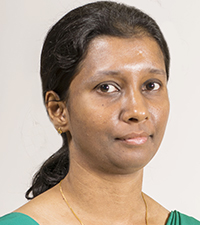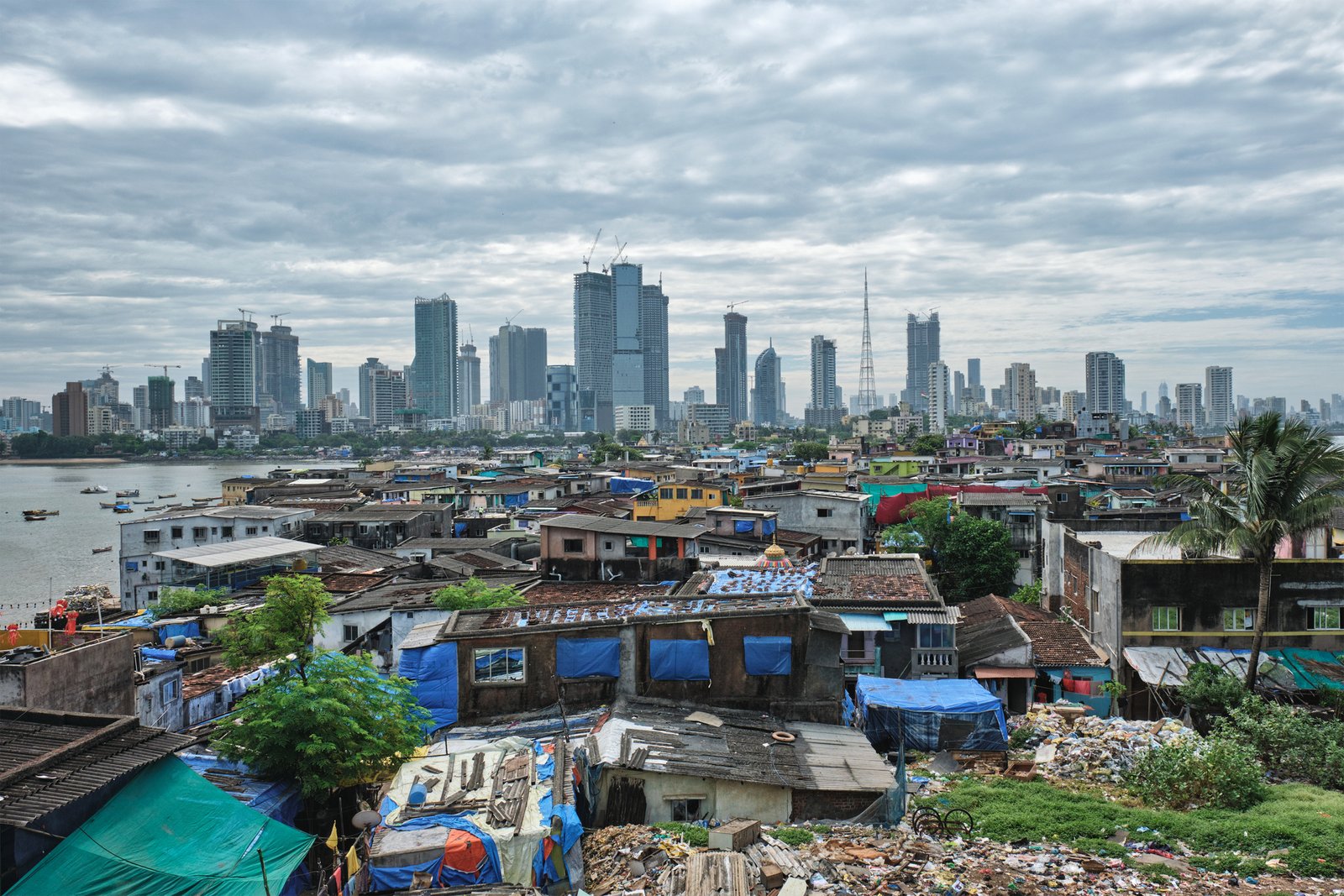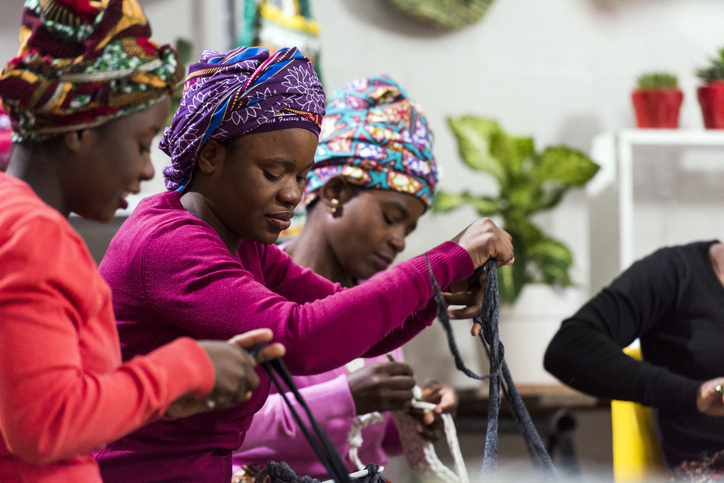Despite Sri Lanka’s free system of education from primary schools to universities, the country’s demand for skills to promote economic development is not being met. This column explains that a key challenge lies in inequities in access to education, with the majority of poor children leaving school around the age of 16. Improving skills requires widening access for disadvantaged households to higher levels of education.
Sri Lanka provides free education from primary school level to university degree level, yet only 35% of the country’s population has completed secondary level education. Of the population aged 20 and above, 18.5% have achieved the highest level of school education (A-levels) while another 17% have achieved the level below that (O-levels).
At the same time, World Bank research on the skills required for enhanced growth and competitiveness shows that demand for appropriately qualified labor is far from being met. Analyzing a survey of employers’ perceptions of skills demand against the skills available in the workforce, the study reveals that 56% of employers consider that high-skilled workers should have passed A-levels, while 70% of employers consider that low-skilled workers should have passed O-levels. This implies a significant gap in meeting the skills demand of the country.
So what lies behind Sri Lanka’s combination of inequities in accessing education and gaps in skills development that hinder the country from developing a dynamic and skilled labor force?
The majority of poor children abandon school education after O-levels
With an island-wide network of state-funded schools and other welfare measures, Sri Lanka’s basic education is almost universally available. Yet participation falls at the higher levels of education. For example, net enrolment rates at primary level (Grades 1-5) and junior secondary school level (Grades 6-9) are 97% and 94%, respectively. But rates have been falling at higher levels: 87% for upper secondary level (Grades 10-11) and 51% at A-level (Grades 12-13).
Education is also less equitable in higher grades. In particular, children from lower income groups have less access to education at A-level, where enrolment rates vary from 29% for children in the poorest 10% of households to 73% for children in the richest 10% of households (see Figure 1). This is partly due to disparities in O-level success rates by income groups.
Figure 1: Net Enrolment Rate by education cycles, 2016

Source: Author’s calculations using HIES 2016 data.
Note: Net enrolment rates measure enrolment of the official age group for a given level of education expressed as a percentage of the corresponding population.
Disparities in education completion are most prominent in O-level and A-level success rates. Around 67% of children in the richest 10% of households have passed O-levels compared with only 27% of children in the poorest 10% of households (see Figure 2). Similar disparities are seen in A-level success rates.
Figure 2: Completion rates in major education cycles, 2016

Source: Author’s calculations using HIES 2016 data.
Note: Completion rate is defined as percentage of children in the official age group completing the education cycle.
Lack of opportunities for skills development
In this context, many school-leavers exit the education system without even completing the first national level examination – O-levels. For example, each year, around 300,000 students take O-levels: around 70% of them pass those examinations and qualify to study for A-levels. Similarly, each year, about 200,000 students take A-levels, but only 60% of them qualify to enter state-funded universities. As such, each year, about 100,000 and 70,000 students leave the school system without succeeding at the O-level and A-level examinations, respectively (see Figure 3).
In addition, of the 160,000 students who are eligible for university entrance from their A-level results, only around 20% are admitted to state-funded universities due to limited placements. This means that each year, about 130,000 students who qualify have to abandon their ambitions to attend university.
Figure 3: Performance in national examinations, 2017

Furthermore, the transition from school to vocational training is not smooth. Poor children, in particular, have limited access to skills development programs. Figure 4 shows the variations in enrolment in tertiary education among 15-29 year olds by income groups. Most school-leavers, especially children from poor households, end up taking casual jobs or low-skilled employment.
Figure 4: Tertiary-level enrolment of 15-29 year olds by income group, 2016

Source: Author’s calculations using HIES 2016 data.
Note: Tertiary education is enrolment in university, TVET (Technical and Vocational Education and Training), and other educational institutes.
Are out-of-pocket costs deterring children from education and skills development?
One of the reasons for such variations is the affordability of out-of-pocket expenditure for education. Although state education services are provided free of charge, on average households have to spend around 3.8% of their total expenditure for educational expenses.
Private tuition fees and stationery costs are the main education-related costs for lower income groups (see Figure 5). Private tuition has become a crucial ingredient for succeeding in national examinations. Even the poorest 10% of households that report spending on private tuition fees spend around 10% of their income on private tuition.
Figure 5 also highlights that it is mostly the richest 20% of households that bear the costs related to tertiary education. Of the households that spend on tertiary education, the average expenditure per month for tertiary education is 12,930 rupees. Given that the average total monthly expenditure of the poorest 10% of households is around 19,720 rupees, the affordability is questionable for poor students. As such, these costs may negatively affect school education as well as skills development of poor children.
Figure 5: Distribution of out-of-pocket expenditure on education, 2016

Source: Author’s calculations using HIES 2016 data.
Addressing inequities in access to school education and skills development
It is essential for the government to plan carefully and to examine critically the present needs of the education sector. It must find effective means of catering to these needs by improving resource mobilization of education services.
School-leavers should be the primary target for specific training and skills development programs aimed at meeting the country’s demand for skills. Thus, it is important to identify the reasons for gaps in access to education and to improve access for students from low-income backgrounds. It is also worth noting that with the current system of free education for all, richer people benefit more at the higher grades of school education, as many children from lower income groups abandon school life after O-levels.
Policy-makers should look at ways of widening access to higher grades of education for poorer students. With existing public financing constraints, aligning these education sector needs with the needs of a dynamic labor market is a major challenge. The government should consider introducing more targeted financial assistance programs for needy students to follow A-level courses or technical training programs.






